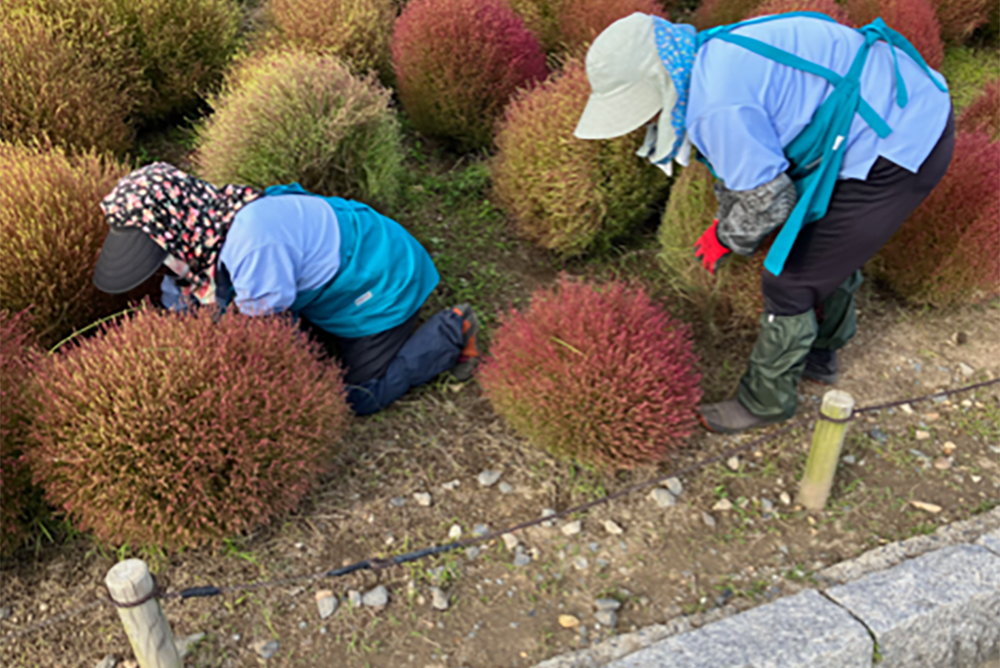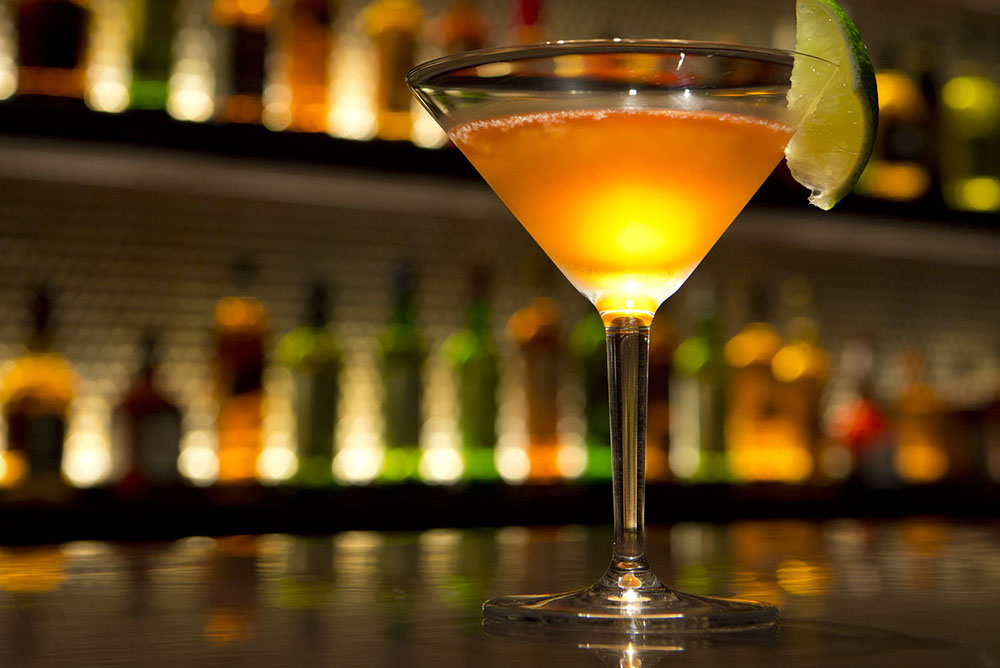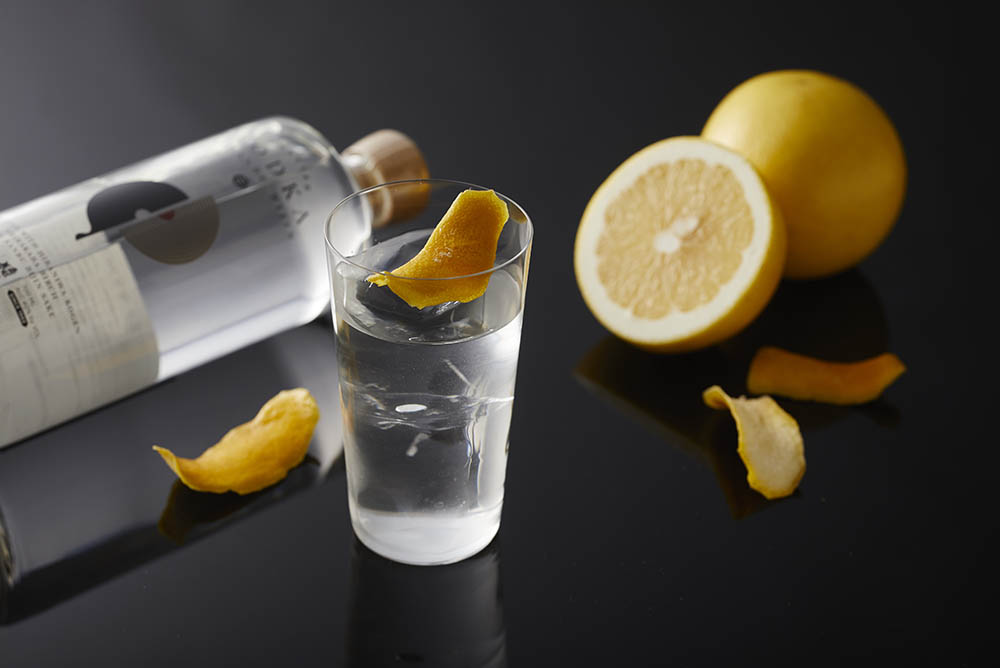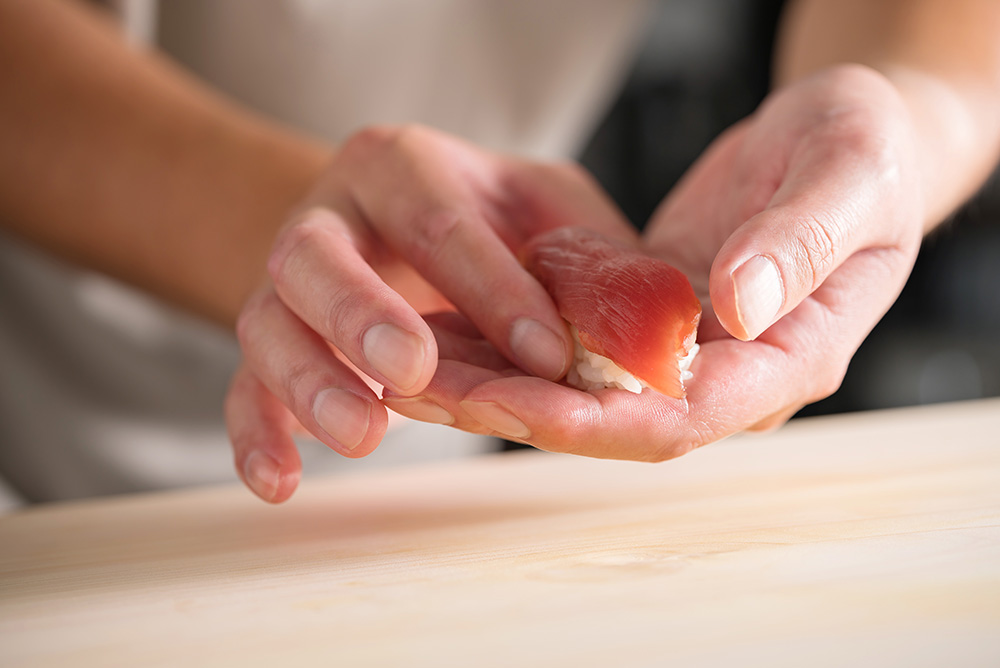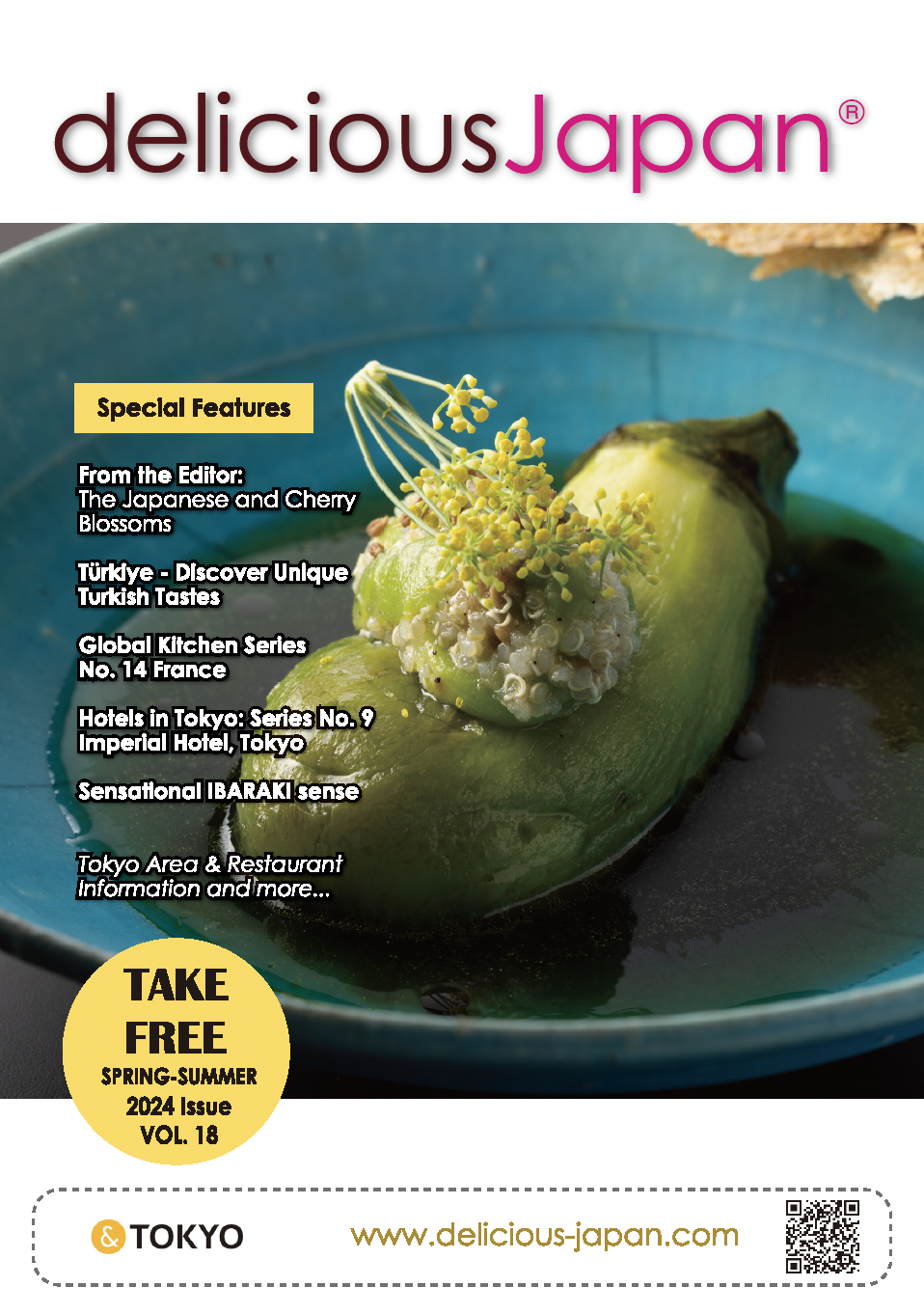
Ramen -Flavor of Japan, Skills of Japan-
Exclusive Interview with Tsukasa Maejima, CEO of Setagaya Ramen Group
Maejima, AKA Mr. Ramen, talks about the appeal of Ramen, well-loved as the national food most familiar to the Japanese people.

Tsukasa Maejima
CEO of Setagaya Ramen Group
First of all, what is ramen?
There are various theories about the history of ramen, but Rairaiken in Tokyo’s Asakusa district is said to have been the first ramen-ya (ramen shop) in Japan, about 100 years ago. The general definition of ramen is that a broth made from chicken bones or pork bones is flavored with condiments such as soy sauce, salt, and miso paste, then noodles made from wheat and brine are placed in the soup to fill a large bowl, which is topped withchar siu pork, green onions, bamboo shoots, and the like. It is well loved as the national food most familiar to the Japanese people. Many people travel around the whole of Japan to enjoy experiencing this kind of ramen history, culture, and flavors.
What was your first encounter with ramen, and your inspiration for starting a ramen shop?
Thirty years ago, I was struck by the great flavor and depth of a ramen-ya I visited with friends. That prompted me to investigate the history and culture of ramen, and I started traveling around Japan to eat it. I soon started making ramen at home, and eventually, in 2000, I opened a ramen-ya in Tokyo.
You’re called Mr. Ramen now, but perhaps you could tell us a bit about your background and how you got that name.
I was born in Tokyo in 1962, and am now 52. I helped out at my father’s eel restaurant, but I left home, wanting to make my own way in the world. While working in various jobs, I had that striking encounter with ramen that I mentioned earlier. Years later, I opened my ramen shop in a district that was reputed to be the scene of intense competition over ramen. A year later, I attracted attention by starting the first two-way ramen shop, which offered two different brands from the same building, one in the day and one at night. Then I opened shops in all kinds of different genres, not just shoyu (soy sauce) ramen. I managed to make all my branches thrive. I opened “Ramen Zero Plus” branches that use absolutely no flavorings in the soup, which got me talked about a lot in the industry. That record of success earned me the nickname “Mr. Ramen” at some stage.
What are the basics of making ramen? What’s the most important thing? And what’s most difficult?
The most important thing in making ramen is that you, personally, have to like ramen. Next, you have to want to impress your customers with the ramen you make. If you don’t have that, you won’t be able to make delicious ramen. It’s also important to be fussy about our ingredients and not grudge the time and effort it takes to make the ramen. If your heart is in it, you will be able to make great-tasting ramen.
What kinds of broth are there for ramen? And what’s different about the broth at Setagaya Ramen?
Basically, ramen broth is often made from chicken scraps, pork bones, kombu (kelp), and vegetables. Recently, seafood-type broths have been getting popular. They have niboshi (small dried fish) and katsuobushi (dried bonito shavings) added. Other than that, there’s nothing to say you can’t add things like beef bones and shellfish. We combine various ingredients and local specialties, working to create an original soup that nobody else has. The ramen soup at Setagaya is a selling point because we add lots of niboshi and katsuobushi to pork bones and chicken bones, to create a seafood-accented soup with real impact.
What kinds of noodles are there for ramen? What are the key points of the noodles at Setagaya Ramen?
The noodles are the life of ramen! We make our own noodles at Setagaya. We decide the type of flour, the amount of water to add, and the thickness of the noodles, to match the soup. Our flour is blended around a base of richly-scented Japanese-made flour, and we make the kind of noodles that are delicious to eat down to the last one.
What kinds of extras do you add to your ramen?
The toppings added to ramen are another important element in deciding the individual character of the dish. At Setagaya, we serve over 30 varieties of ramen, devising toppings to suit the different types. For example, with one piece of char siu, we mix up the variations by changing the region the meat comes from, the cut of the animal, how it is prepared, and other aspects. We don’t skimp on our toppings either, taking time to prepare them, so we can impress our customers with how complete our bowls of ramen are.
Are there any good ways of enjoying ramen or delicious ways of tasting ramen that foreign visitors should know about? Are there any rules?
Other than ramen with soup, it can be served without soup, as tsukemen (noodles in sauce), chilled, and in lots of other ways. There are many variations of soup concentration and noodle thickness. There’s really no other kind of food with so much to enjoy. There isn’t any particular method for eating ramen, but the key to the best flavor is to eat it while it’s so hot it almost burns you. We present recommended serving methods on the premises, so people can try the suggestions too. I think it’s also fun to find your very own way to eat ramen.
What is the future of ramen? And what dreams and plans do you have for the future?
My dream is to have people around the world eat all kinds of ramen and get a better understanding of it. To do that, I want to open ramen-ya worldwide. I aim to make ramen a standard dish around the world. Ramen has a bright future.
Please recommend two or three Setagaya Ramen spots in Tokyo.
If you come to Tokyo, you really should come to a Setagaya Group shop to experience the tastes and skills of Japan. First, you could try the Setagaya shop in Tokyo International Airport Haneda Terminal, which has good access. You can try the seafood-style shoyu ramen there, which is Setagaya’s standard style. Tonkotsu (pork bone) ramen is the mainstream overseas, but you should try Setagaya ramen, which builds on Japan’s broth culture, to experience ramen’s depth.
Next, I recomend Tonkotsu Ramen Oreshiki in Tokyo Ramen Street in the Yaesu underground street of Tokyo Station. The thick and fresh tonkotsu ramen, made by boiling fresh pork bones for 10 hours, tastes so good you’ll get hooked on it. You can add special spicy paste to enjoy how the flavor changes in two steps. I also recommend the salt ramen specialist Hirugao, which is next door to that Oreshiki. Salt ramen with lots of natural ingredients is healthy ramen that spreads throughout the body.
The Setagaya Group serves tsukemen and side dishes at all shops, so you can enjoy sharing dishes in a group. Please taste the connoisseur's ramen made by Japan’s Mister Ramen.

